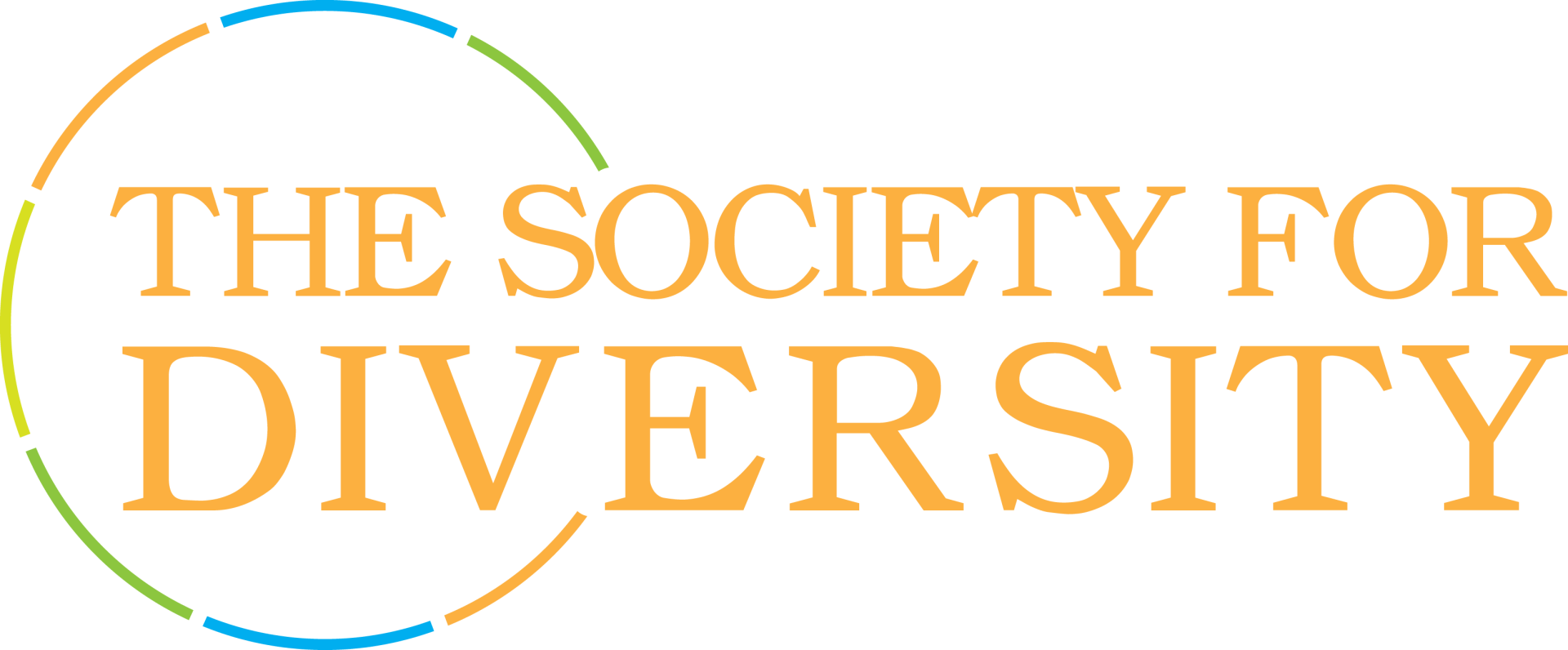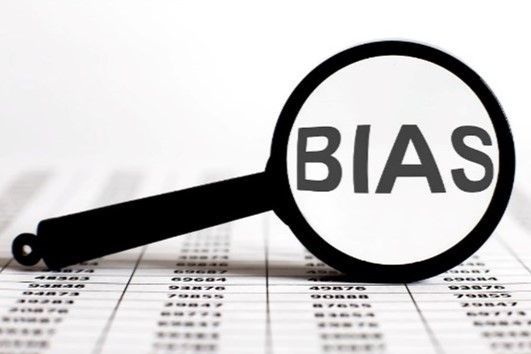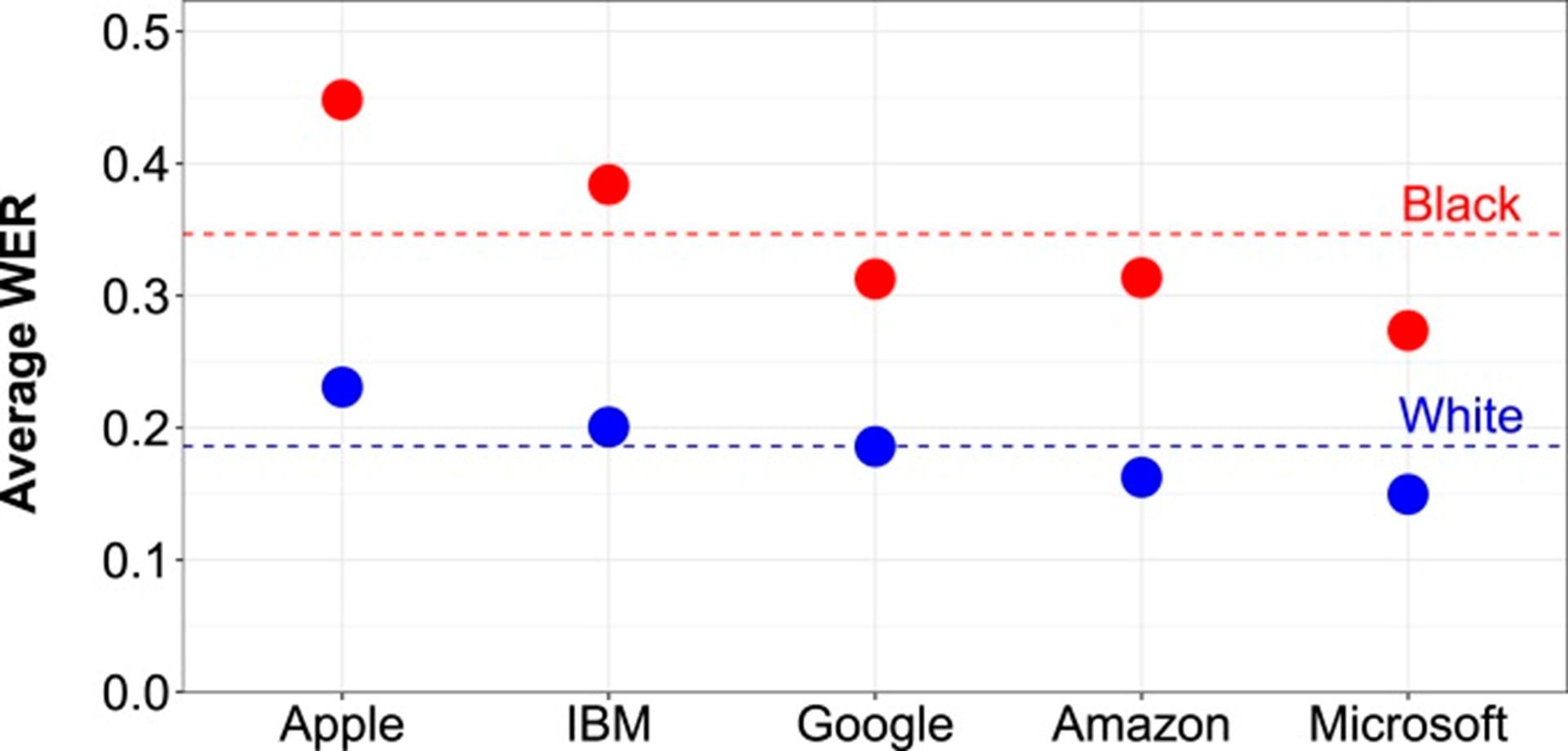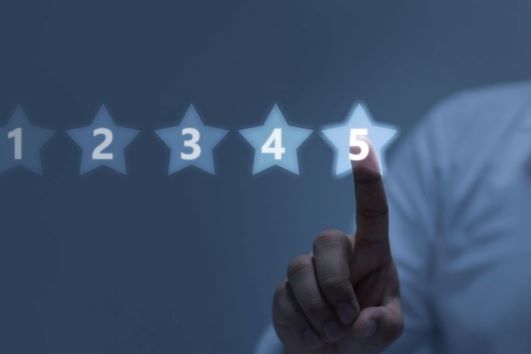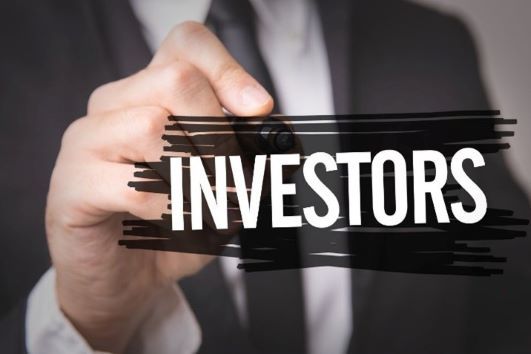Bayan Qutub, CDE®, a DEI consultant from Saudi Arabia with a decade of experience in research, teaching, and navigating diverse organizations in Australia and Canada. As the founder of B-Equitable, Bayan assists leaders in creating inclusive workplaces through various frameworks and analytics, working towards a more equitable world where everyone feels valued and understood.
Bayan is driven by her personal journey of being "the other," propelling her mission to empower the disempowered.
